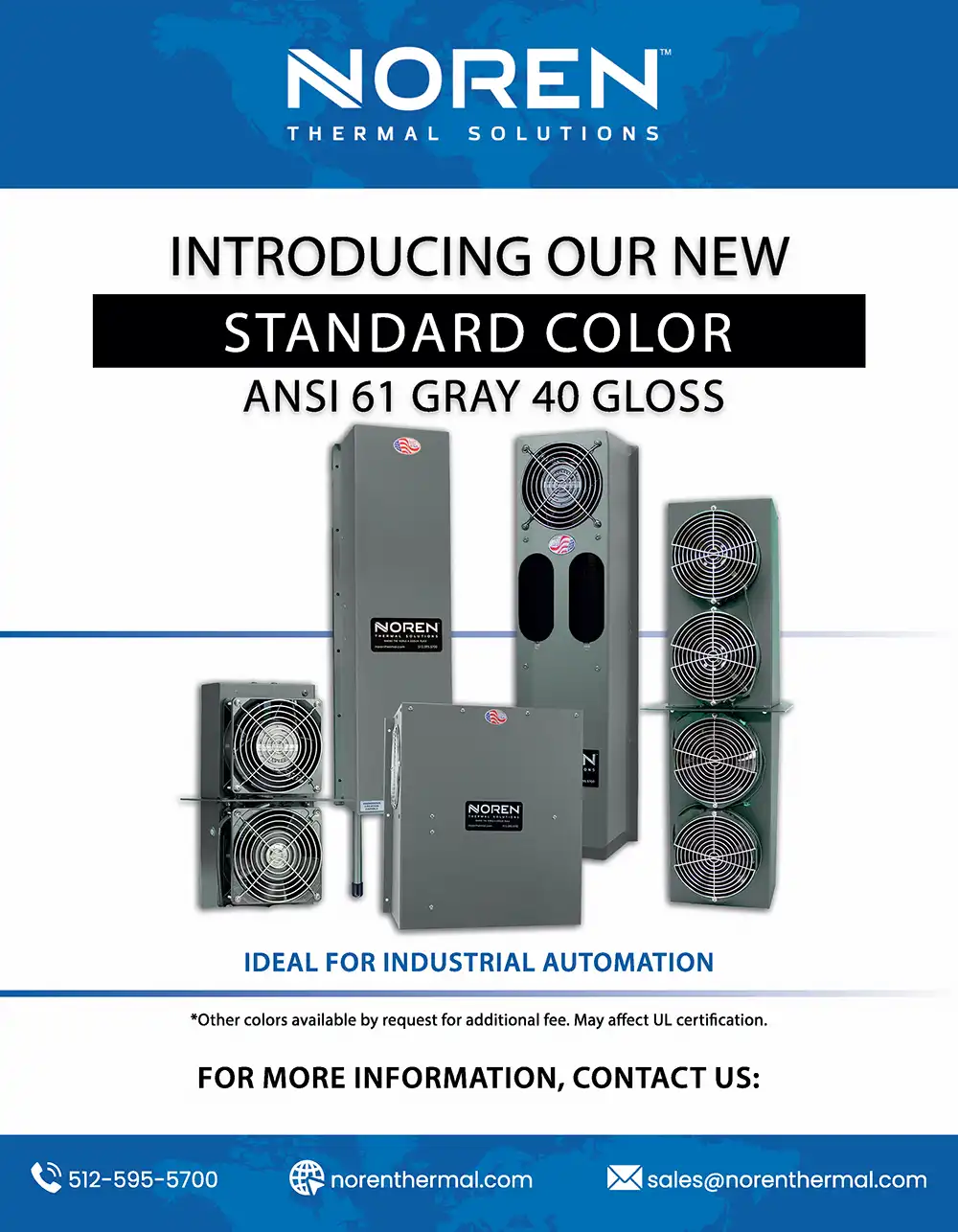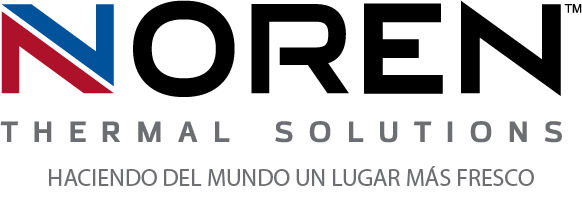 When some forms of technology advance, they’re often designed specifically for applications that are unique to one or a few industries. For example, not every industry uses AI-driven manufacturing equipment, though the technology itself is widely used in the manufacturing industry. However, in the realm of thermal management, solutions like advanced heat exchangers have benefited every industry almost equally. That’s largely because most modern applications rely on technology, regardless of the industry they’re deployed in, and heat exchangers have become essential to keeping advanced technologies properly cooled. (more…)
When some forms of technology advance, they’re often designed specifically for applications that are unique to one or a few industries. For example, not every industry uses AI-driven manufacturing equipment, though the technology itself is widely used in the manufacturing industry. However, in the realm of thermal management, solutions like advanced heat exchangers have benefited every industry almost equally. That’s largely because most modern applications rely on technology, regardless of the industry they’re deployed in, and heat exchangers have become essential to keeping advanced technologies properly cooled. (more…)
3 Tips for Choosing the Right Heat Exchanger
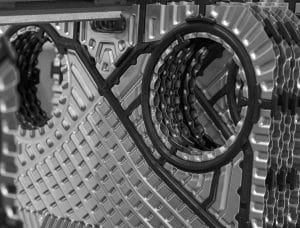 Choosing heat exchangers for most common electrical cooling needs has become common practice for companies in a wide range of industries. In most cases, basic heat exchanger designs help companies significantly lower overhead costs related to electrical cooling, including energy and maintenance expenditures. However, electrical thermal management needs have evolved significantly over the decades, and heat exchanger designs have evolved right along with them to meet increasingly more advanced electrical cooling needs. Given their ability to easily adapt to most thermal management needs, choosing the right heat exchanger for any given application may often be easier than expected. (more…)
Choosing heat exchangers for most common electrical cooling needs has become common practice for companies in a wide range of industries. In most cases, basic heat exchanger designs help companies significantly lower overhead costs related to electrical cooling, including energy and maintenance expenditures. However, electrical thermal management needs have evolved significantly over the decades, and heat exchanger designs have evolved right along with them to meet increasingly more advanced electrical cooling needs. Given their ability to easily adapt to most thermal management needs, choosing the right heat exchanger for any given application may often be easier than expected. (more…)
How Transferring Waste Heat Reduces Overhead Costs
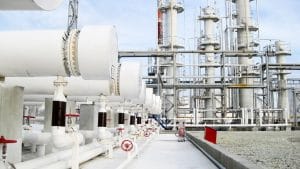 Reducing costs is one of the most common reasons why companies choose to upgrade their electrical thermal management systems. In some cases, traditional solutions are highly effective – they just require high amounts of energy, frequent routine maintenance and repairs that can add up to significant overhead costs. With more modern solutions, such as heat exchangers that transfer waste heat instead of chilling it, companies can achieve equally effective thermal management at much lower costs. Heat exchangers also often prove even more effective at handling some of the more complex thermal management demands of advanced technologies. (more…)
Reducing costs is one of the most common reasons why companies choose to upgrade their electrical thermal management systems. In some cases, traditional solutions are highly effective – they just require high amounts of energy, frequent routine maintenance and repairs that can add up to significant overhead costs. With more modern solutions, such as heat exchangers that transfer waste heat instead of chilling it, companies can achieve equally effective thermal management at much lower costs. Heat exchangers also often prove even more effective at handling some of the more complex thermal management demands of advanced technologies. (more…)
Ambient and Below-Ambient Cooling with Heat Exchangers
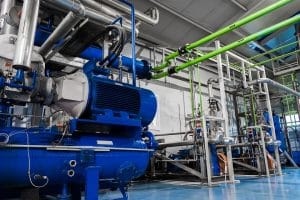 There are many different ways for companies to cool their electrical control panels and other enclosures, each with different approaches to handling electrical waste heat. Some methods help streamline the process of electrical cooling by creating efficient, reliable ambient cooling methods. They prevent overheating by keeping temperatures within electrical enclosures at just above the ambient temperatures outside of them. Other solutions are designed to cool the inside of electrical enclosures to below the ambient temperatures outside of them, but can still achieve results with just as much efficiency and reliability. (more…)
There are many different ways for companies to cool their electrical control panels and other enclosures, each with different approaches to handling electrical waste heat. Some methods help streamline the process of electrical cooling by creating efficient, reliable ambient cooling methods. They prevent overheating by keeping temperatures within electrical enclosures at just above the ambient temperatures outside of them. Other solutions are designed to cool the inside of electrical enclosures to below the ambient temperatures outside of them, but can still achieve results with just as much efficiency and reliability. (more…)
Are Heat Pipe Assemblies Right for All Applications?
 One of the biggest reasons why modern heat exchangers have become popular in nearly every industry is because they can be customized in a variety of ways to meet a wide range of thermal management needs. However, while today’s heat exchangers can be designed in a variety of ways, those based on customizable heat pipe designs are among the most common and effective iterations. Pipe heat exchangers are not only highly effective and efficient at transferring electrical waste heat; they’re also among the most easily adaptable forms of heat exchangers today. (more…)
One of the biggest reasons why modern heat exchangers have become popular in nearly every industry is because they can be customized in a variety of ways to meet a wide range of thermal management needs. However, while today’s heat exchangers can be designed in a variety of ways, those based on customizable heat pipe designs are among the most common and effective iterations. Pipe heat exchangers are not only highly effective and efficient at transferring electrical waste heat; they’re also among the most easily adaptable forms of heat exchangers today. (more…)
How Heat Exchangers Promote More Efficient Technology
 Over the last several decades, technology has advanced more rapidly than ever before, and it’s been the culmination of many different, smaller evolutions. For example, miniaturized computer processing and AI software made solutions like automated technology possible. Before that, however, the streamlining of electrical thermal management was one of the first evolutions to change the face of technology. Electrical cooling systems like heat exchangers and other custom thermal solutions made it possible for the technologies they cooled to grow more powerful and compact without sacrificing their cooling efficiency. (more…)
Over the last several decades, technology has advanced more rapidly than ever before, and it’s been the culmination of many different, smaller evolutions. For example, miniaturized computer processing and AI software made solutions like automated technology possible. Before that, however, the streamlining of electrical thermal management was one of the first evolutions to change the face of technology. Electrical cooling systems like heat exchangers and other custom thermal solutions made it possible for the technologies they cooled to grow more powerful and compact without sacrificing their cooling efficiency. (more…)
Why Maintenance Matters when It Comes to Thermal Management
 The biggest concerns that come with choosing an electrical thermal management system usually revolve around the solution’s efficiency. Can it handle a large amount of electrical waste heat consistently, and does it require a large amount of energy to operate? In most cases, heat exchangers excel at addressing these concerns, thanks largely to their natural ways of transferring waste heat. Yet, these aren’t the only concerns that heat exchangers and similar modern, custom thermal solutions are able to address. Another important aspect is their significantly reduced need for routine maintenance and unscheduled repairs when compared to more traditional cooling solutions. (more…)
The biggest concerns that come with choosing an electrical thermal management system usually revolve around the solution’s efficiency. Can it handle a large amount of electrical waste heat consistently, and does it require a large amount of energy to operate? In most cases, heat exchangers excel at addressing these concerns, thanks largely to their natural ways of transferring waste heat. Yet, these aren’t the only concerns that heat exchangers and similar modern, custom thermal solutions are able to address. Another important aspect is their significantly reduced need for routine maintenance and unscheduled repairs when compared to more traditional cooling solutions. (more…)
A Look at How Heat Exchangers Transfer Waste Heat
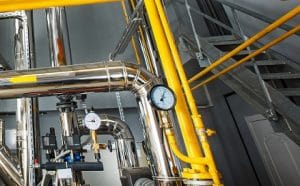 In the realm of electrical thermal management, heat exchangers have made a significant impact over the last several decades. In an area where high energy costs and frequent maintenance used to be standard, heat exchangers provide a way for companies to more efficiently and affordably keep their electrical equipment cool. Without having to rely on solutions like air conditioners or air compressors, companies can achieve high-performance electrical cooling with minimal energy and effort, and with highly satisfactory results. (more…)
In the realm of electrical thermal management, heat exchangers have made a significant impact over the last several decades. In an area where high energy costs and frequent maintenance used to be standard, heat exchangers provide a way for companies to more efficiently and affordably keep their electrical equipment cool. Without having to rely on solutions like air conditioners or air compressors, companies can achieve high-performance electrical cooling with minimal energy and effort, and with highly satisfactory results. (more…)
How Eco-Friendly Heat Exchangers Handle High Cooling Demands
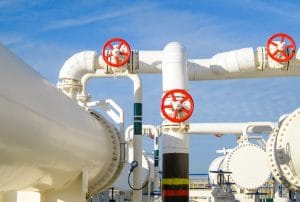 Defining the most notable characteristic of modern heat exchangers depends on what company or industry utilizes it. For example, in most routine manufacturing environments, the ability to rapidly cool electrical enclosures at minimal cost has been one of the most impactful benefits. However, one of the benefits that most companies share is the ability to make their electrical thermal management processes much more eco-friendly. As heat exchangers have advanced, they’ve been able to provide even higher-performance electrical cooling results, all while maintaining their ability to remain eco-friendly. (more…)
Defining the most notable characteristic of modern heat exchangers depends on what company or industry utilizes it. For example, in most routine manufacturing environments, the ability to rapidly cool electrical enclosures at minimal cost has been one of the most impactful benefits. However, one of the benefits that most companies share is the ability to make their electrical thermal management processes much more eco-friendly. As heat exchangers have advanced, they’ve been able to provide even higher-performance electrical cooling results, all while maintaining their ability to remain eco-friendly. (more…)
The Difference Between Heat Exchangers and Other Solutions
 The nature of electrical cooling hasn’t changed dramatically over the decades. Electrical components are still housed within enclosures and require effective thermal management solutions to keep them properly cooled. Otherwise, they’ll overheat. What has changed, however, are the different methods that companies often use to address their electrical cooling needs. For example, these days, companies in most industries turn to modern heat exchangers thanks to their ability to reduce the overall costs and boost the efficiency of electrical cooling for most applications. (more…)
The nature of electrical cooling hasn’t changed dramatically over the decades. Electrical components are still housed within enclosures and require effective thermal management solutions to keep them properly cooled. Otherwise, they’ll overheat. What has changed, however, are the different methods that companies often use to address their electrical cooling needs. For example, these days, companies in most industries turn to modern heat exchangers thanks to their ability to reduce the overall costs and boost the efficiency of electrical cooling for most applications. (more…)
